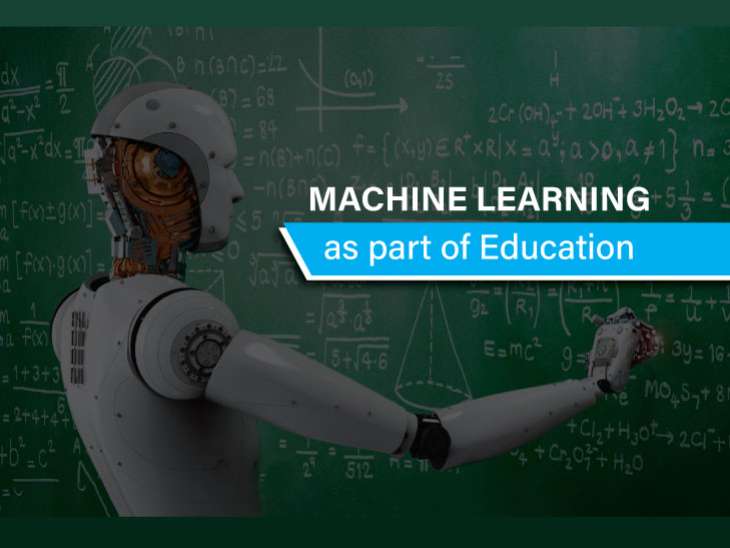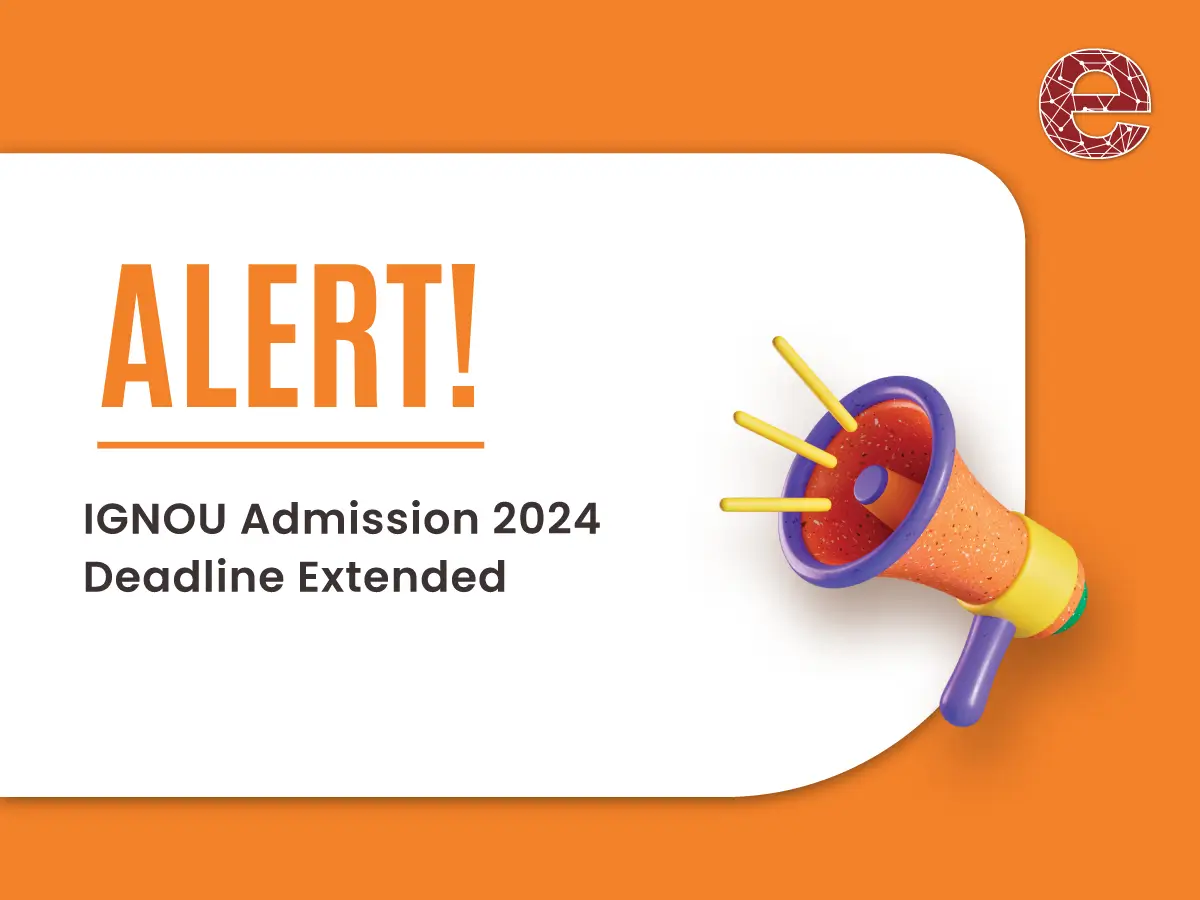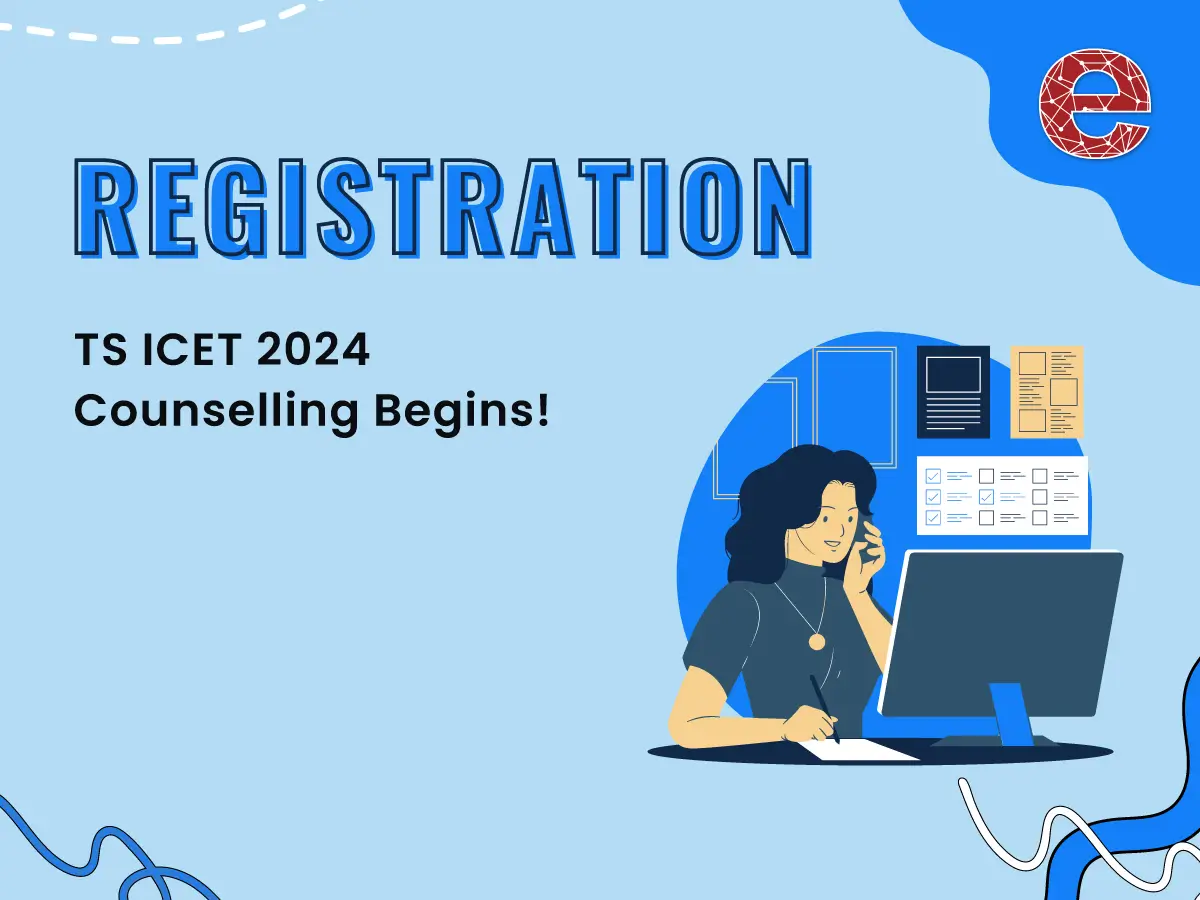Machine learning as part of education.
Tech Updates

Machine learning refers to a comprehensive set of learning and training tools based on self-improving deep learning algorithms among all new-age AI education technologies.
Among all the new-age AI education technologies, machine learning refers to a comprehensive collection of learning and training tools based on self-improving deep learning algorithms. Using machine learning technology reduces the complexity of analysing big data, identifying recurring patterns, and understanding how these factors impact core trends and scenarios.
There are two significant ways machine learning technologies can be used in education; the first is analytical functions such as analysing the data, setting up the eLearning platforms, adaptive learning applications, and developing the data analytics software. The second one is the operational functions that emphasise developing similar skills and capabilities as humans, for example, creating virtual tutors, educational robots and developing real-time translation software.
Benefits Of Machine Learning In Education
Artificial Intelligence, such as machine learning, helps machines learn, identify, and analyse databases independently. This technology can be used in different manners in the educational field for various purposes. Here are some advantages of using machine learning for education;
- Teachers can use machine learning systems to identify and address the issues of their students' problems and find learning solutions. If students are having trouble with a particular topic, artificial intelligence can help teachers find new and effective ways to make it easier for them to learn.
- With the ability to automatically adapt instruction, teachers can save time and ensure their students receive the best education. Machine learning can be used to tailor instruction to meet the needs of individual students based on their performance.
- Furthermore, automated instruction can be used to monitor student performance and improve it. Teachers' workload could be reduced, allowing them to focus on more complex tasks.
- Schools can reduce the costs associated with education by automating processes such as grading and maintaining records using machine learning.
- Additionally, machine learning can help educators intervene early and support students at risk of dropping out, saving schools valuable resources.
How can machine learning be implemented in the education sector?
Machine learning can be implemented at various levels of education, from very basic such as making classroom strategies, to giving grades or improving the studying process. Here are some illustrations of how machine learning can be implemented in the education system and study mechanisms.
Flexible learning mechanism
The different needs of every student are fulfilled through machine learning and ML-based predictive data analysis tools. Many eLearning software solutions use this technology to keep track of various parameters (like how long exercises take to complete, how much time they spend on the platform, how many logins they get, and how they perform) and to assess student performance, participation, and understanding patterns, or even predict outcomes or results.
Efficient learning process
As a result of its ability to efficiently organise and manage content and curriculum, machine learning can improve the whole teaching process. Each individual contributes according to their potential in this way, and the work is divided accordingly. Educators can analyse which materials work well for students and which work best for them. Not just that, ML can also effectively create and manage classroom schedules, examinations and learning management systems.
Reducing dropout rates
Predictive analytics has enabled education systems to track specific variables like poor performance, low attendance, or unusual behaviour. The particular variables can be tracked and used as an alert so that teachers can identify students at risk of attrition and dropout. Using that information, teachers can make personalised initiatives to motivate students and fill their knowledge gaps in advance so they don't quit school.
Insights into the learning process
When teachers get stuck while teaching, the students need to gain insights and understand the topic's details. It allows teachers to browse through millions of pieces of content, analyse it, and make connections and conclusions based on that data. Learning analytics help teachers gain insight and perform deep dives into data so that they have access to a better database. That's good for teaching and learning. Also, the learning analytics suggest learning paths the student should take. This software gives students suggestions for materials and other learning methods.
Personalised Learning Experiences
One of the most impressive features of machine learning is the customisation of programs according to student needs and capabilities. It also allows for personalised and dynamic learning strategies, which leads to better results in less time. Not just that, it also guides students during self-study sessions, where they can decide their learning schedules and execution of the same. They can pick the subjects, teachers, curriculum, standards, and patterns they want to follow. This makes machine learning a powerful tool for students to learn more and learn better.
AI tutors and chatbots, Robot teachers
We all interact with virtual assistants today, and students aren't different. Tutors, robot teachers, and chatbots with NLP can recommend eLearning content, engage students with quizzes and training activities, moderate online communities, and simplify enrollment with 24/7 help. It's typical for educational robots to be used in early childhood education to teach creativity and social skills, especially for introverted kids.
Reviewing a student's assessment
Students' assignments and exams are graded better by machine learning, which is based on artificial intelligence. Although some human input is needed, the best results will be more valid and reliable when a machine works because it's reliable and error-free. Machine learning algorithms can also detect cheating during online tests and plagiarism in essays and assignments. This ensures that students will be held accountable for their work and that their grades will be fair and accurate.
Educators will take some time to embrace machine learning. However, once they do, they will see that it will revolutionise education and the nation. Machine learning will help teachers better assess and track student progress, personalise instruction, and provide targeted interventions for those who need extra help. Machine learning can also improve the efficiency of administrative tasks, such as grading and managing student records. Ultimately, machine learning has the potential to revolutionise education and benefit the entire nation.
- Machine learning as part of education
- Benefits of Machine learning
- AI education technologies
- machine learning technology











